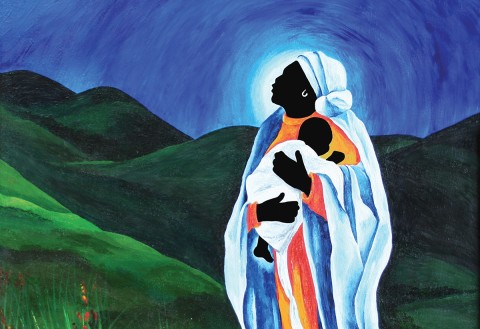The books we’re giving as Christmas gifts
If your secret Santa were a Century editor, here’s what you might be getting.

The most brilliant and chilling novel I have read in a very long time is The Memory Monster, by Israeli author Yishai Sarid. The book is written as a report to the director of Yad Vashem, the Jerusalem memorial to those who perished during the Holocaust.
The author of the report, an expert in Nazi methods of extermination, serves as a guide for Israeli youth who visit the camps and killing fields in Poland. As time passes, he becomes detached from the horrors he describes, offering increasingly more brutal details to attempt to shake the teenagers out of their complacent attention to their phones. All of the big questions appear in this book, including: How does one fight against tyranny without becoming a tyrant oneself?
For anyone with an interest in present-day Cuba, Anthony DePalma’s The Cubans: Ordinary Lives in Extraordinary Times provides a close look into the struggles, griefs, and small triumphs of several residents of Guanabacoa, across the harbor from Old Havana. The heartbreaking decrepitude of a once beautiful culture is not exactly conquered by the resilience and creativity of its residents, but each one has a compelling story of how they have either managed adversity or escaped from it.




